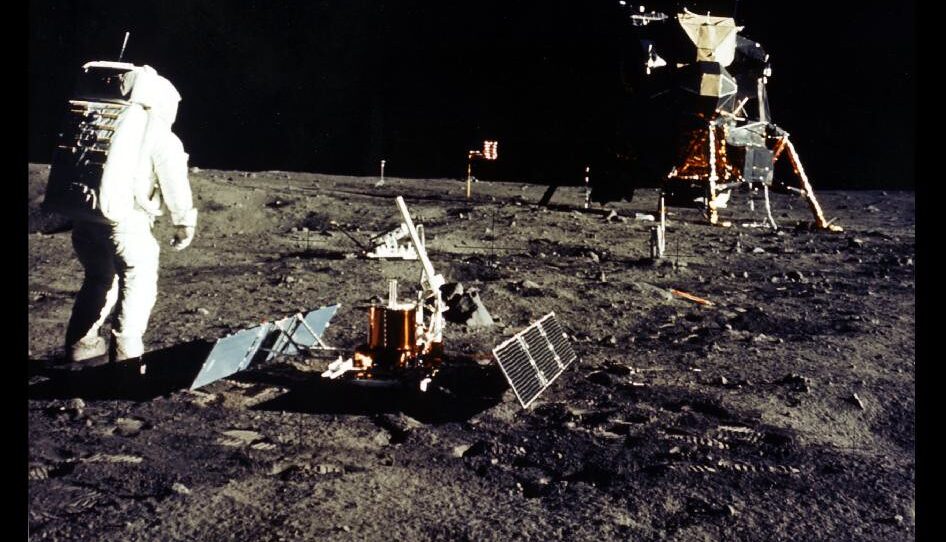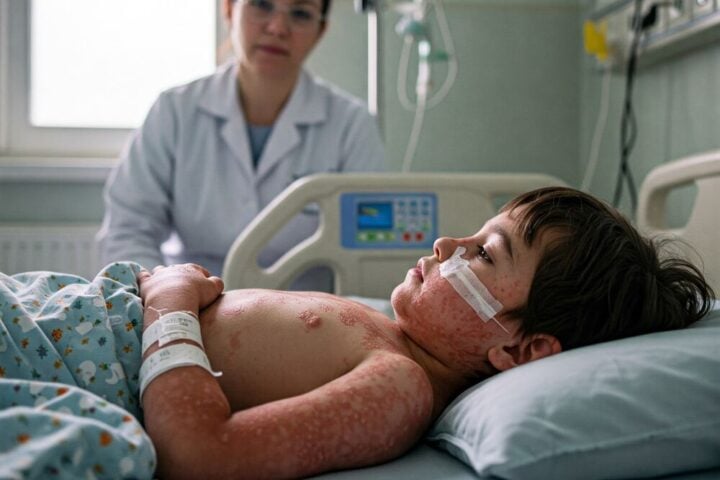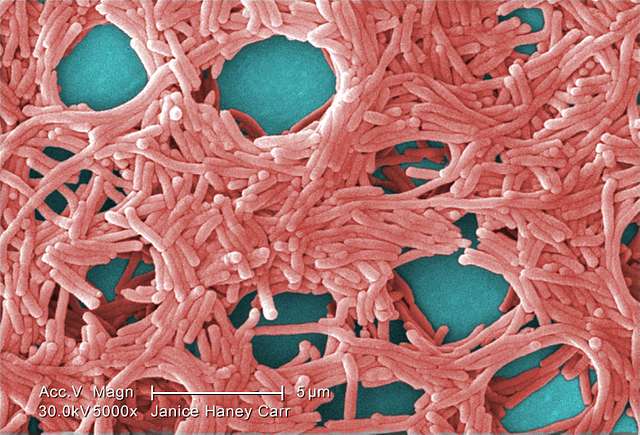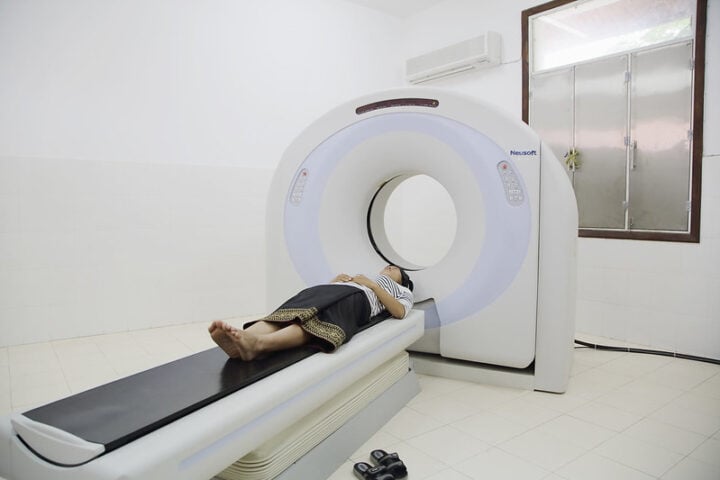The sudden surge of cancer cases in the USA has led to an unsettling discovery. A new study by the American Cancer Society has revealed how US individuals from Generation X and Millennials are at high risk of developing 17 out of 34 cancers.
Recently, researchers from the American Cancer Society discovered a significant increase in the risk of cancer in individuals born between 1920 and 1990. According to the research published in The Lancet Public Health journal, “incidence rates continued to rise in successively younger generations in 17 of the 34 cancer types, including breast, pancreatic, and gastric cancers. Mortality trends also increased increased in concurrence with the incidence of liver (female only), uterine corpus, gallbladder, testicular, and colorectal cancers.”
The study, led by Dr. Hyuna Sung, a cancer epidemiologist at the American Cancer Society, and her team analyzed 23,654,000 patients diagnosed with 34 types of cancer and 7,348,137 deaths of individuals due to 25 cancer types. According to the research, this data was provided after analyzing individuals between the ages of 25 and 84 from the North American Association of Central Cancer Registries and National Center for Health Statistics of the United States between January 2000 and December 2019. After analyzing, the researchers noticed a successive rise of cancer risk in each birth cohort born after 1920.
“These findings add to growing evidence of increased cancer risk in post-Baby Boomer generations, expanding on previous findings of early-onset colorectal cancer and a few obesity-associated cancers to encompass a broader range of cancer types.” mentioned lead author Dr. Hyuna Sung. She explained, “Birth cohorts, groups of people classified by their birth year, share unique social, economic, political, and climate environments, which affect their exposure to cancer risk factors during their crucial developmental years,” also adding, “although we have identified cancer trends associated with birth years, we don’t yet have a clear explanation for why these rates are rising.”.
Similar Posts
The individuals born in 1990 were at two or three times higher risk of developing pancreatic, kidney, small intestine, and liver cancers only in females compared to those born in 1955. It was concluded that the incidence rate in the 1990 birth cohort ranged from 12% for ovarian cancer to 169% for uterine corpus cancer, higher than the rate in the birth group with the lowest incidence rate.
According to the analysis, they concluded the sudden rise is due to carcinogenic exposures in young age or early adulthood, which are substances that can result in cancer. 17 cancers out of 34 were obesity-related, like colorectum, kidney and renal pelvis, gallbladder, and others. According to the National Center of Health and Statistics, more than 684,000 obesity-associated cancers are annually reported in the United States, out of which approximately 210,000 males and 470,000 females. Somewhere alarming us of the prevailing obesity epidemic in the US is one of the main causes behind the emerging cancer surge.
Research also prompted following a sedentary lifestyle, unhealthy diet and irregular sleep patterns during early life and young adulthood, as well as changes in reproductive patterns and birth control, are also some of the factors that adds to the risk list.
In conclusion, preventing generation X and millennials from the rising risk of cancer by following a well-made diet plan, lowering the consumption of processed foods, increasing physical activities, and regulating sleeping patterns for good recovery is the only way out. It must sound like something usual, but these practices will play a significant role in bringing down the cancer risk.


















